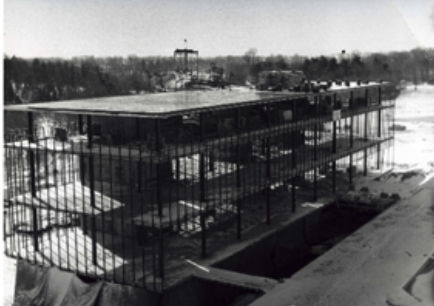PDF
Culture, class and community: new perspectives on the Klondike gold rush, 1896-1905. Item Info
- Title:
- Culture, class and community: new perspectives on the Klondike gold rush, 1896-1905.
- Creator:
- Porsild, Charlene L.
- Date Created:
- 1994
- Degree Awarded:
- Doctor of Philosophy
- Subjects:
- Klondike River Valley (Yukon) Gold Discoveries Frontier And Pioneer Life
- Geographical Focus:
- Klondike Yukon
- Supporting Materials:
- n/a
- Description:
- Beginning in 1896, ovexr thirty-thousand gold stampeders established a new community on the site of a Native fish camp. They called it Dawson Citv. They came to from the four corners of the world, the majority of them from outside Canada's borders. Together they built a city in the wilderness, a lasting community in which many of them permanently settled. This study examines the experience of the ordinary residents of Dawson City during the gold rush period. It looks in some detail at four components of the new community: Native people, miners and other labourers, prostitutes and other professionals of the demi-monde, as well as the professional and business sectors. Using a combination of quantitative and qualitative sources, the portrait of Dawson that emerges here is quite different from that of the popular literature. The Native community was disrupted by the stampede and its development continued separately from Dawson's. Far from being a "community of men," a surprising number o€ families were present and Klondikers as a whole show a surprising rate of persistence. Within the new community, a number of distinct ethnic sub-communities developed and a complex social stratification existed from the earliest period. These social dictinctions, it is argred, were based on class and culture.
Source
- Preferred Citation:
- Porsild, Charlene L.. Culture, class and community: new perspectives on the Klondike gold rush, 1896-1905.. 1994. Carleton University, Doctor of Philosophy.
- Reference Link:
- https://cuhistory.github.io/grads/items/hist_230.html
Rights
- Rights:
- Copyright the author, all rights reserved, unless otherwise indicated.

